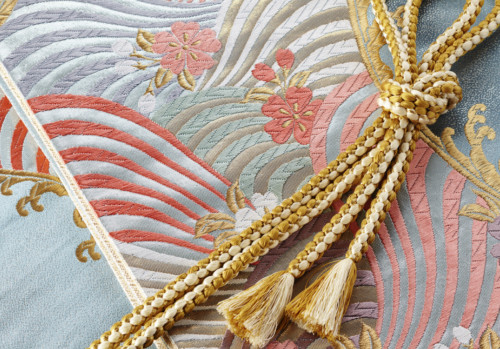history
The History of KimonosThe kimono is a traditional Japanese garment with a history spanning over a thousand years. It has evolved through various periods, reflecting the cultural and social changes of each era.
Nara Period (710-794)
During the Nara period, Japan was heavily influenced by Chinese culture. The clothing of this time, known as kariginu, was characterized by multi-layered robes with vibrant colors, inspired by the fashion of China’s Tang Dynasty. This era laid the foundation for the kimono.
Heian Period (794-1185)
The Heian period is famous for the luxurious Jūnihitoe, a twelve-layered robe worn by court ladies. The beauty of the kimono during this era lay in the delicate color combinations seen through the sleeves and hems, which symbolized the seasons or social status.
Kamakura Period (1185-1333)
As the samurai class rose to power during the Kamakura period, practicality became important. The kimono design became simpler and more functional, reflecting the needs of a warrior society. The layers were reduced, and the garments were easier to move in.
Muromachi Period (1336-1573)
The kosode, a predecessor to the modern kimono, became popular in this period. The kosode had shorter sleeves and was worn as both an undergarment and outer garment, representing a shift towards more practical clothing for everyday use.
Edo Period (1603-1868)
During the Edo period, Japan experienced a cultural renaissance, and the kimono became an expression of personal style, particularly among the merchant class. The designs became more elaborate, with intricate patterns, embroidery, and vibrant colors, showcasing the wearer’s wealth and taste.
Modern Era (1868-Present)
In the Meiji period and beyond, Western clothing became dominant, but the kimono remained an important garment for special occasions such as weddings, tea ceremonies, and festivals. Today, kimonos are admired worldwide for their beauty and craftsmanship, blending tradition with contemporary fashion.

